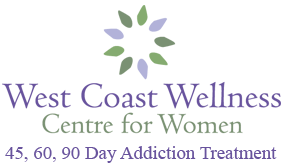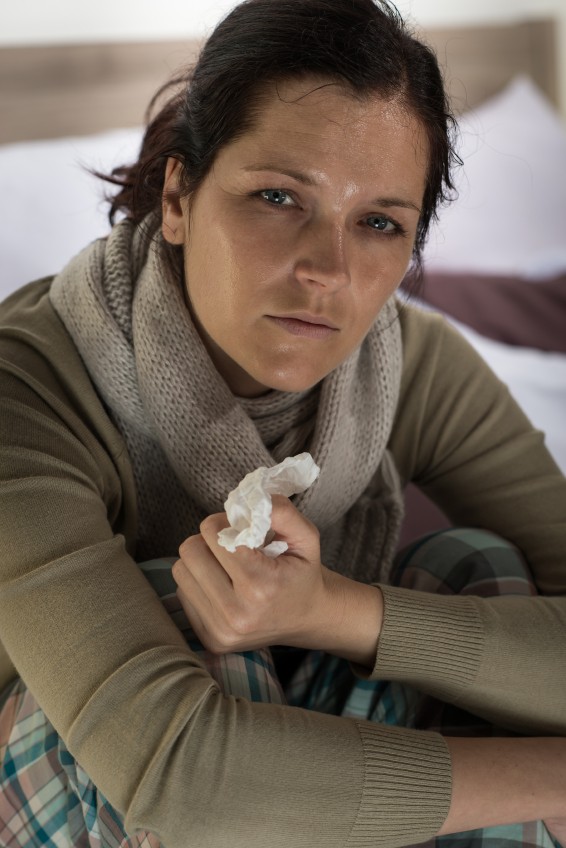Making Sense of Opiate Withdrawal & Recovery for Women
This may seem like an odd question. Surely recovering from a opiate addiction is equal to either men or women? Well, apparently not, as the following research shows, not only are women slightly more susceptible to drug addiction in the first place, but opiate withdrawal is trickier too, and this comes down to good old biology.
In 2002, the World Health Organisation (WHO) passed its first Gender Policy, acknowledging gender as a fundamental human concern. At about the same time, the WHO began using the UN’s Millennium Development Goals (MDGs), specifying more particularly that gender equality and the empowerment of women should be main goals worldwide.
Gender, a biological determinant of mental health and illness, intersects with and enlarges the differences associated with other important socioeconomic factors such as income, employment and social position. Gender also differentially affects the power and control men and women have over these socioeconomic factors, their access to resources, as well as their status, roles, options and treatment in society.
Gender plays a critical role in determining patients’ susceptibility, exposure to mental health risks, and related outcomes. Gender differences in rates of overall mental health are negligible, but they are highly significant for depression, anxiety and somatic complaints, as well as drug addiction disorders. Lifetime prevalence rates of alcohol dependence are higher for men (20%) than for women (8%), and more generally, in 2003 men were found to be twice as likely to abuse an illicit drug as women. Gender differences are also found in patterns of help-seeking for psychological disorders. Men prefer to seek specialized mental health care and more frequently receive inpatient addiction treatment than women, whereas women are more likely to seek help from their primary health care physician. Women are more likely to disclose emotional problems than men, whereas men are more likely to admit having an alcohol problem.
Regarding gender differences in the epidemiology of opiate addiction, one third of patients are women of childbearing age. Women have an earlier age of initiation of opiate addiction and a more rapid progression to drug involvement and dependence than men. Women expose themselves to more health risk factors, such as prostitution to secure drugs or sharing syringes, leading to a higher rate of new infections with HIV and other infectious diseases such as hepatitis. Both opioid-dependent men and women show mortality rates 13 to 17 times higher than the general population, with slightly higher rates for men. On the other hand, due to a higher vulnerability to the adverse consequences of these disorders, women also show a more rapid progression to treatment entry and consequently a lower number of years of active illicit substance abuse than men. Yet, despite this, women are still under represented in addiction treatment.
For example, the chemistry of a woman’s body makes her more susceptible to opiate addiction. In an article in the journal ‘Trends in Pharmacological Sciences’, researchers summarize a series of tests conducted on laboratory animals, and these studies seem to suggest that female animals are much more aware of the rewarding properties of drugs, and estrogen is behind this enhanced ability. Studies like this seem to suggest that estrogen seems to awaken receptors for drugs inside the brain, and when these receptors are awakened, they’re able to transmit rapid and profound signals of pleasure. The brain is designed to take note of intensely pleasurable signals and to seek them out again. If estrogen allows a woman’s body to feel greater levels of bliss, a woman might be more likely to develop an addiction, as her brain is flooded by more signals, and therefore, more cravings.
In general the more complicated hormonal status in women with individual levels of oestrogen/progesterone in the premenopausal (even considering the changes between pre- and post-ovulation) and postmenopausal women needs to be taken into account regarding interaction in the metabolism of medication.
Generally few studies exist which focus on the special needs of women in opiate addiction therapy with a special focus on buprenorphine, and to look at recent findings related to other factors that should be taken into consideration in optimizing the treatment of opiate addicted women.
Doctors will tell you that both of these narcotics, although stimulate and impair different receptors in the brain, the damage is catastrophic and it takes these clients much longer to stabilize and creates erratic behaviour during early addiction treatment recovery.
This article is not meant to minimize the other addictive substances women use. When it comes to detox, alcohol detox and benzodiazepine detox are by far, the worst detox experiences for any women going through a drug addiction but it’s the post-acute withdrawal phase that gets ugly for opiate addicted women and what makes their long term recovery experience much more unpleasant.
Once women pluck up the courage and motivation to enter an addiction treatment program, their gender roles can also keep them from getting the help they need. For example, in a study in the Journal of Substance Abuse Treatment, researchers found that women were less likely than men to stay in addiction treatment for longer than 30 days. This could be for a number of reasons; these women may feel the pull of their families and their obligations, and they may drop out of their treatment programs as a result. They may wonder who will feed the children, care for parents and cook meals. The demands of their homes can bother them and until they feel as though staying in care could lead to the dissolution of the people they care about.
Dropping out could lead to disaster. When these women return home to their drug use, their addictions could be stronger than ever, and they may have the persistent belief that they just can’t get better. A failure tends to exacerbate the problem, and a feeling of hopelessness after an episode like this can be hard to overcome. It is important, for women, attending an addiction treatment program, suffering from opiate withdrawal, that they complete all phases of treatment, including maintainging their after-care plan, which helps an opiate addict from relapsing.
So, available research suggests that opiate withdrawal and subsequent recovery is not only harder for women, but in many instances is more likely to affect women in the first place. As can be seen, this tends to be a combination of social and biological circumstances and professional help should be sought, and seen through, as soon as possible.



Leave A Comment
You must be logged in to post a comment.